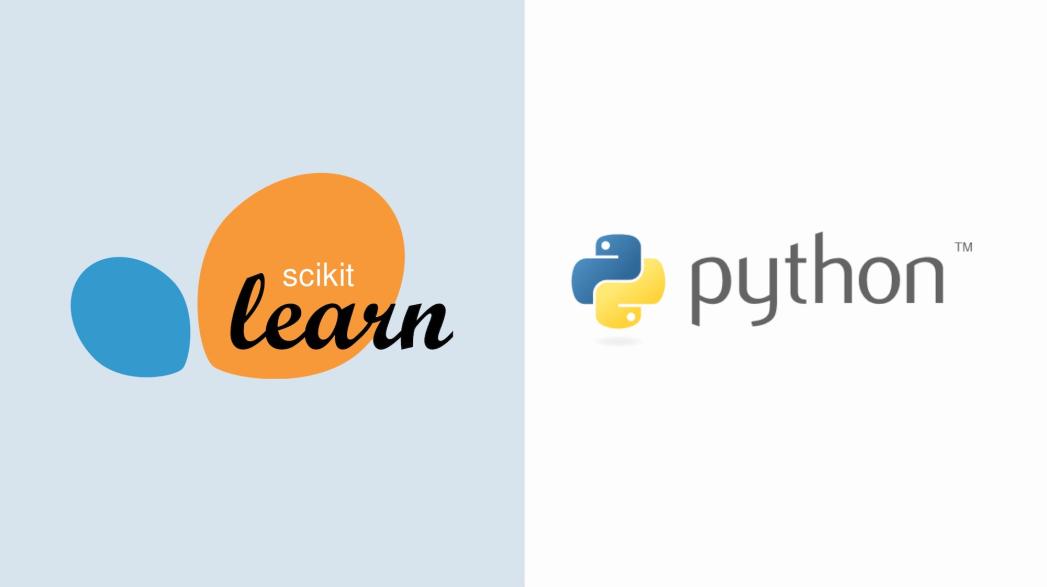Exploring the Potential of Scikit-Image for Object Detection and Recognition
Object detection and recognition are fundamental tasks in computer vision, enabling machines to identify and understand objects within images. These tasks have far-reaching applications in autonomous driving, medical imaging, security, and various other domains.

Scikit-Image is a powerful open-source Python library specifically designed for image processing and computer vision. It offers a comprehensive set of tools and algorithms for object detection and recognition, making it a valuable resource for researchers, developers, and practitioners in the field.
Scikit-Image Overview
- Scikit-Image provides a user-friendly API and extensive documentation, making it accessible to both beginners and experienced users.
- It boasts an active community of contributors and users, ensuring continuous development and support.
- Numerous tutorials, resources, and examples are available online, facilitating a smooth learning curve and practical implementation.
Image Preprocessing With Scikit-Image
Image preprocessing is a crucial step in object detection and recognition, as it enhances the quality of the input data and improves the performance of subsequent algorithms.
- Scikit-Image offers a comprehensive set of image preprocessing functions, including resizing, cropping, color conversion, and noise removal.
- These functions can be easily applied to images using Scikit-Image's intuitive API, allowing users to tailor the preprocessing pipeline to their specific needs.
- Examples of how these functions can be used include resizing images to a consistent size, cropping out irrelevant regions, converting images to grayscale, and removing noise to reduce image artifacts.
Object Detection With Scikit-Image
Object detection involves identifying and localizing objects within an image. Scikit-Image provides a range of object detection algorithms to cater to different requirements and scenarios.
- Sliding window-based methods, such as the Histogram of Oriented Gradients (HOG) detector, are commonly used for object detection.
- Region-based methods, such as Selective Search, generate candidate regions within an image, which are then classified as objects or background.
- Deep learning-based methods, such as Faster R-CNN and YOLO, have achieved state-of-the-art performance in object detection and are also available in Scikit-Image.
- Scikit-Image provides a step-by-step guide on how to use these algorithms for object detection, covering image loading, preprocessing, and object detection.
Object Recognition With Scikit-Image
Object recognition involves classifying objects within an image into predefined categories. Scikit-Image supports various object recognition approaches to address different types of problems.
- Feature extraction methods, such as Scale-Invariant Feature Transform (SIFT) and Speeded Up Robust Features (SURF), are used to extract distinctive features from objects.
- Classification methods, such as Support Vector Machines (SVMs) and Random Forests, are then employed to classify the extracted features into object categories.
- Deep learning-based methods, such as Convolutional Neural Networks (CNNs), have also shown remarkable performance in object recognition and are available in Scikit-Image.
- Scikit-Image provides a step-by-step guide on how to use these approaches for object recognition, including feature extraction, training a classifier, and performing object recognition.
Evaluation And Performance Metrics
Evaluating the performance of object detection and recognition algorithms is essential to assess their accuracy and effectiveness. Scikit-Image provides built-in evaluation functions to facilitate this process.
- Common evaluation metrics for object detection include precision, recall, and mean average precision (mAP).
- For object recognition, accuracy, F1 score, and confusion matrices are commonly used metrics.
- Scikit-Image's evaluation functions allow users to easily compute these metrics and assess the performance of their algorithms.
Applications And Case Studies
Scikit-Image has been successfully applied in various real-world scenarios, demonstrating its versatility and practical utility.
- In medical imaging, Scikit-Image is used for tumor detection, organ segmentation, and disease diagnosis.
- In autonomous driving, Scikit-Image is employed for object detection, lane detection, and traffic sign recognition.
- In security, Scikit-Image is used for facial recognition, object tracking, and anomaly detection.
- Case studies and examples showcasing the practical implementation of Scikit-Image for object detection and recognition tasks are readily available online.
Scikit-Image is a powerful and versatile library for object detection and recognition tasks in computer vision. Its user-friendly API, extensive documentation, active community support, and wide range of features make it an ideal choice for both beginners and experienced users.
Whether you're working on autonomous driving systems, medical imaging applications, or security solutions, Scikit-Image provides the tools and algorithms you need to achieve accurate and reliable object detection and recognition.
Explore Scikit-Image further, contribute to its development, and unlock the full potential of object detection and recognition in your projects.
YesNo

Leave a Reply